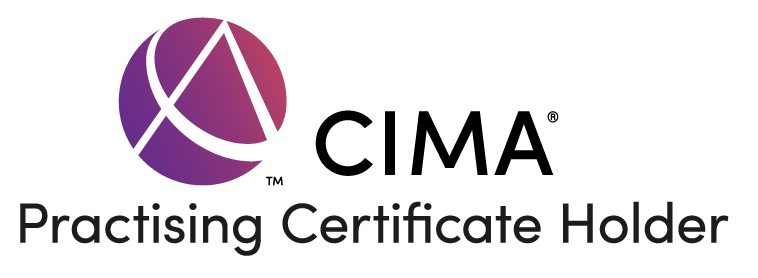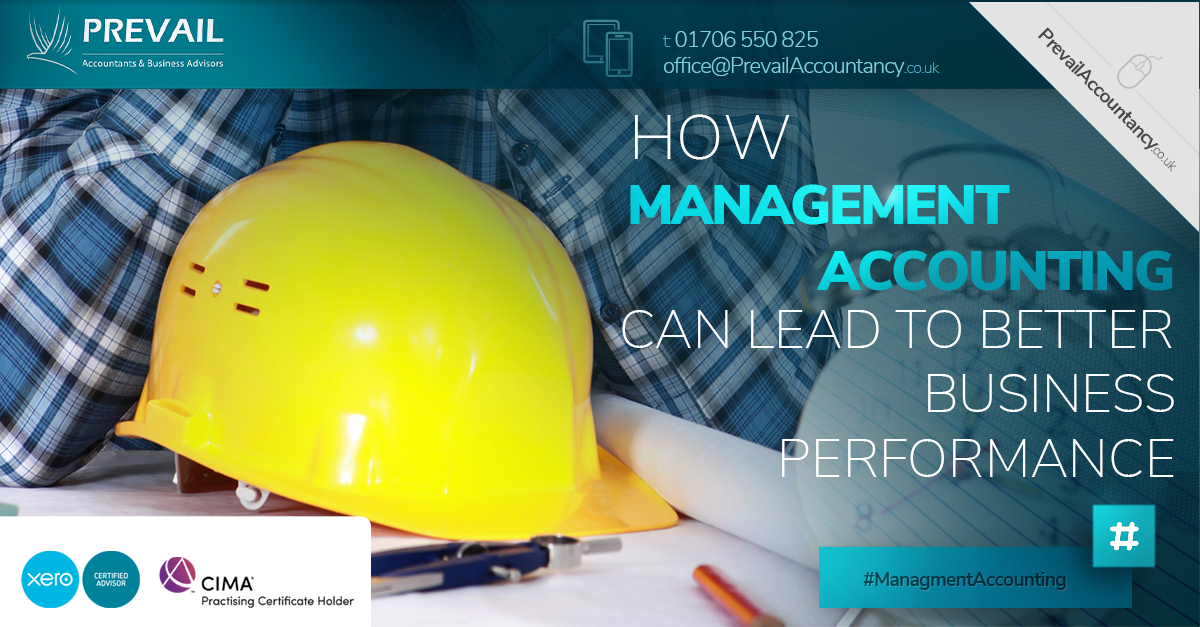Cash flow is the king – but how to control it?
Do you know the simple way to calculate how much money your business will spend next month?
Knowing your monthly spending can help with cash flow problems and help with credit control.
Realising how much your company needs to sell and how much it will spend in the month is the best way to keep your spending at bay.
We will share four steps with you to work it out:
(VAT is not taken into calculation for this example)
- Calculate the Gross profit margin to estimate how much you need on direct labour and materials, sub-contractors and other costs directly associated with a sale:
- Gross profit/ Estimated sale
If you find it challenging, look at the last 3-6 months. What is your average profit margin? How do you price your projects? What is your target gross profit margin?
Gross profit is your monthly sale, less costs of sale. Do not include your admin costs at this stage.
If your gross profit margin is 20%, you know that if you estimate a sale of £62 000, your costs will be £49 600. quick check: £62 000 – £ 49600 = £ 12 400; £12 400/£62000 = 0.2 = 20%. Perfect! Your gross profit is £12 400.
- Now is the time to calculate your overheads, all the admin expenses, which you incur regardless of sale:
Admin and Director’s wages, Employer NI and pension costs, rent, rates, insurance, telephone, loan interest, bank fees, advertising, travel: £ 10 000
- The last amount to calculate is your loan/hire purchase capital repayments, other plans repayments (HMRC monthly payment plan), and dividends. These amounts are not part of your overhead costs. These are extra. You need to generate extra profit to cover the expenditure. Assume here that these are £2000/ spent each month.
Now let us do simple maths: sale: £62 000 less costs of sales £49 600 = £12 400 our gross profit, less costs: £10 000 less £2000 = £400 left in the business.
You will spend £49 600 and £12 000 = £61 600. Therefore, you need a minimum of £61 600 in sales to cover these costs, assuming your margin is 20%. But that is just your profit and loss calculations plus the extra cash to cover other expenditures.
- TIMING: that is the king and a key to staying on top of your cash flow. Because if your clients don’t pay you, you will not have the money to pay the bills. Planning and calculating how much you will be paid and how much you need to pay for the bills is most important.
You need to calculate when you will pay the bills and when you will be paid:
- Current month payments: wages, travel, rent, rates, insurance, phone, hp repayments, interest etc.
- Next month’s payments: materials, sub-contractors, if you are on 30 days terms.
- Sale: if you give your clients 30 days’ payment terms, you will not see the money till next month.
- HMRC – PAYE, CIS and NI deadline is the 22nd of the following month, but the wages must be paid this month. Include Nett’s wages in the current month.
- You must pay monthly for any payment plans, hire purchase payments, loans, and interest. Include these in the current month.
- I didn’t explain the VAT impact here; I wanted to simplify the example. But VAT is another topic.
As you can see, your profit and loss can show a profit, but if your customers don’t pay you, you will not have enough cash to pay the bills.
Profit and loss are a base to see whether your business is profitable.
I said I would share a simple way, although I agree – that it may seem complicated. There are many great cloud technology tools to help your business.
Choosing the best technology that works and surrounding yourself with people who can help is crucial. If you are good at your business and what you do, ensure your accountant helps you and provides the management information so you know how much money you need every month for your business to thrive!
Running the business is challenging; it needs strong fundaments to stay healthy and survive storms.
What processes do you have in place to control your cash flow?


